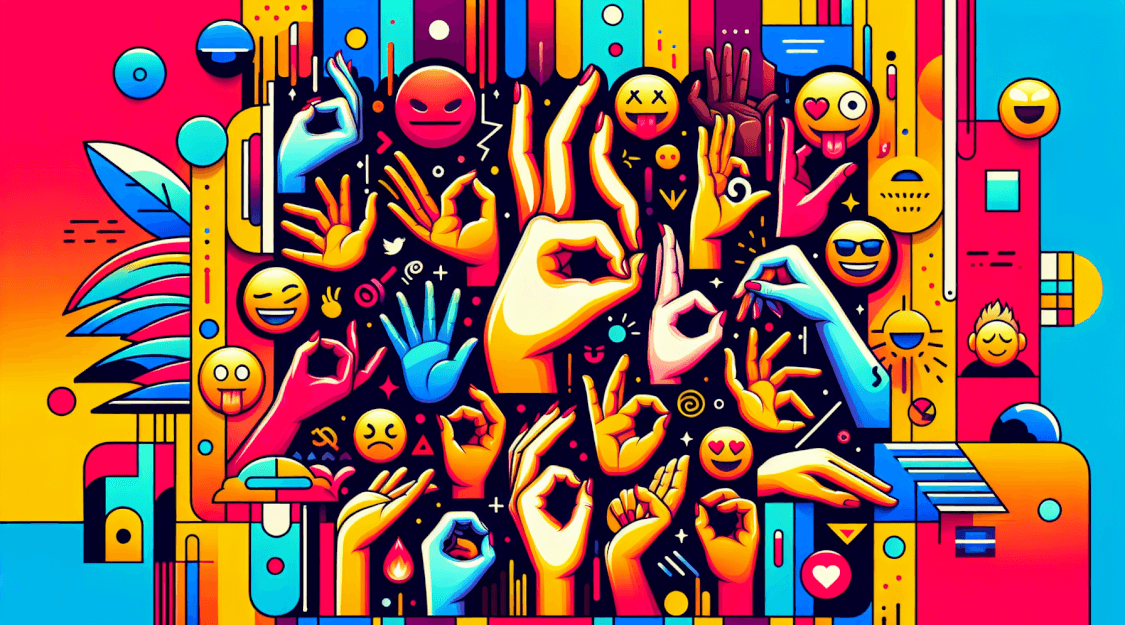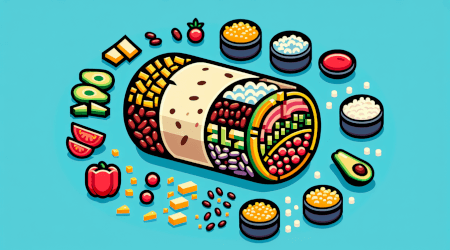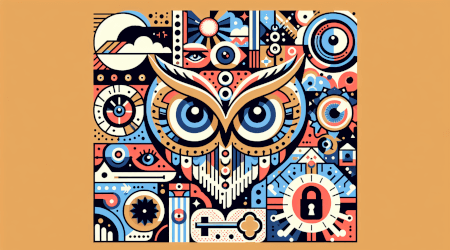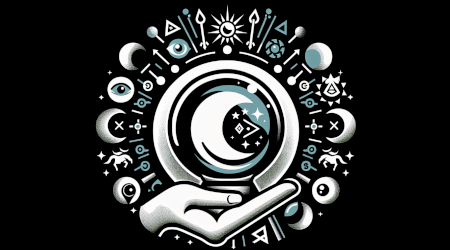Ever Wondered What That Hand Emoji Really Means?
Emojis have become a universal language that transcends borders, cultures, and even generations. While the smiley faces and heart symbols are easy to grasp, hand gestures like ✋ and 🤚 (among others) require a bit more decoding, especially when their meanings aren't exactly clear-cut. That's where Urban Emoji steps in! We shine a spotlight on those sneaky, hard-to-interpret emojis so you can use them like a pro.
The Friendly Wave
Ah, the classic wave emoji ✋. You’ve probably casually tossed this into a text or social media post without thinking twice. Sure, it can mean "Hello" or "Goodbye," but did you know it also has a range of hidden messages? For some, it's an invitation for a conversation—a sort of virtual knock on the door. Others might use it to indicate "Stop" when they've had enough of a group chat gone wild. Next time you send a ✋, think about the subtle nuances it might convey beyond a simple greeting or farewell.
Talk to the Hand
The backhand emoji, 🤚, is often seen as the sassier sibling of the friendly wave. Yes, it can be a straightforward way to say "Hi" or "Stop," but it frequently carries an attitude. Imagine someone rolling their eyes and saying, "Talk to the hand." That's the vibe you might be putting out there when you use 🤚. Some even interpret it as an expression of triumph or excitement, like a fist pump in reverse. Just be careful; the difference between sass and sarcasm can often be a fine line.
Gimme Five!
High five, anyone? Both the ✋ and 🤚 emojis are often used to represent a high five. When you're looking to celebrate a small victory or show agreement, tossing in a high five emoji is almost instinctive. What's funnier is when two people respond simultaneously with these emojis, creating a virtual high five that spans continents. It's like a digital pat on the back, only cooler.
Raising Hands: A Cultural Take
Different cultures interpret hand gestures in unique ways. For instance, the Western world's open palm gesture (✋) often means stop, but in many Middle Eastern cultures, it can signify peace or the number five. Meanwhile, in Asian cultures, a simple raising of the hand shows respect or asks for permission. When using these emojis in a global context, it's essential to be mindful of these varied interpretations to avoid confusing or offending your friends across the globe.
The Power of Emojis in Communication
In our increasingly digital lives, effective communication often hinges on our ability to convey emotions and intentions succinctly. That's why understanding the subtleties behind hand emojis can elevate your text game from mediocre to masterful. Your friends will appreciate the thoughtfulness, and you'll avoid any emoji faux pas that could lead to awkward misunderstandings.
Keep Submitting, Keep Discovering!
Here at Urban Emoji, we rely on users like you to help us uncover and share the quirky, hidden meanings behind everyday emojis. Got an interpretation we missed? Don't be shy! Submit your definitions and help the community grow. After all, emojis are all about connecting us in fun and unexpected ways.






